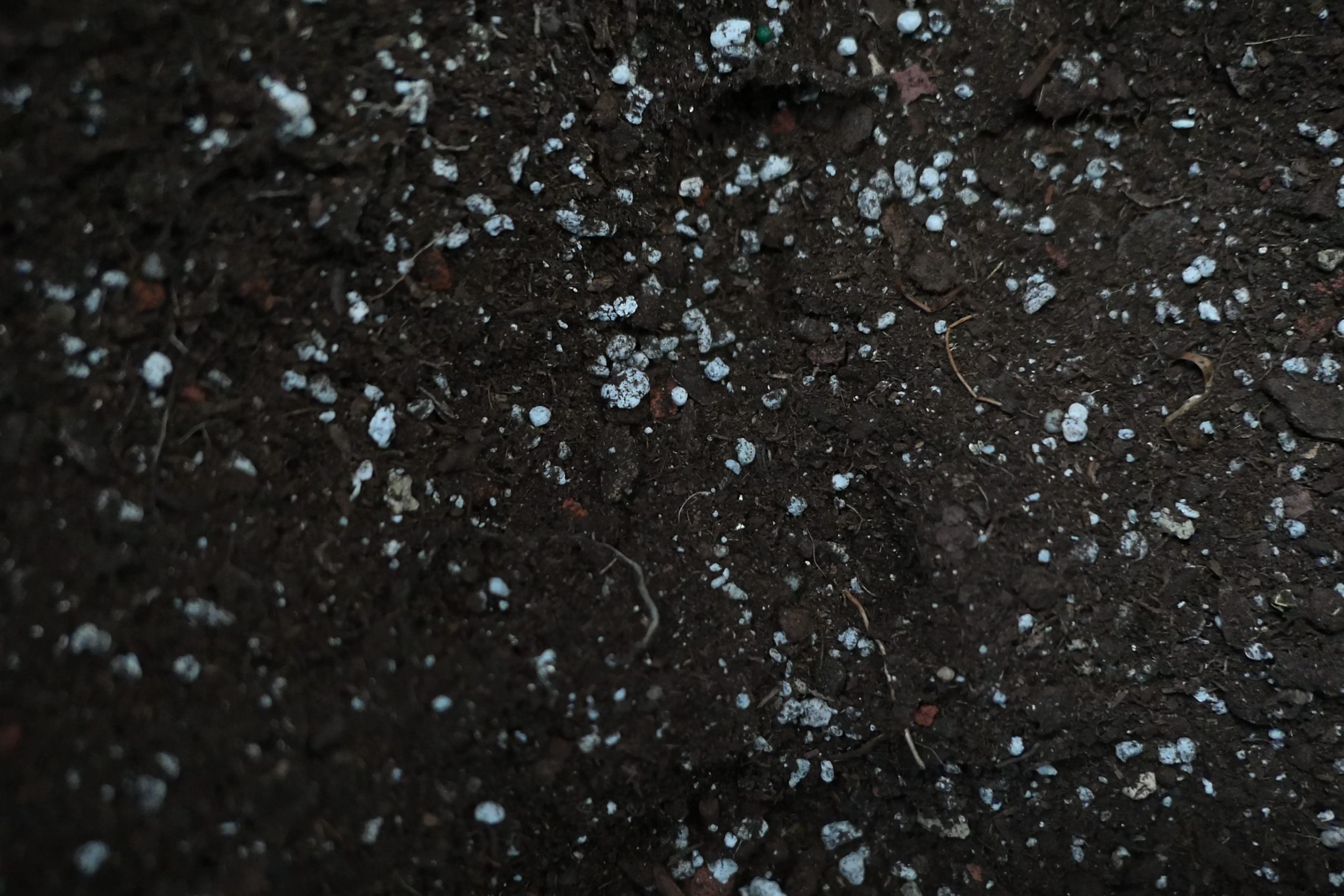Having a good grasp on the relationship between plants and water is crucial to finding success growing houseplants. We all know plants need water to survive, but with poor drainage, that water can do more harm than good. Standing water in plants can cause roots to rot, promoting fungus and disease. By understanding proper drainage, and how it works in potted plants, you can make your plants much healthier.
What is Drainage, Anyway?
Drainage refers to how effectively water can move through your plant’s soil. In a good drainage situation, water doesn’t stand, and can flow freely. It’s important that water isn’t allowed to stand in your plants, because it can cause a number of problems. There are three different aspects of drainage – pots, soil and watering. Making sure your plant is in the correct pot, with the right soil, makes watering much easier.
Drainage Tips for Pots
Drainage holes are holes in the bottom of plant pots that allow extra water to flow out after watering. These also allow for air to enter into the soil which is also crucial for plant health.
If you happen to over-water a plant that lives in a pot without drainage holes you’ll have a few problems to deal with. First, it’s hard to tell if water is sitting in the pot, as it will sink to the bottom. If there is, the plant will be difficult to dry out without emptying it out.
Some people suggest using stones in the bottom of a pot to help with drainage but this actually has the opposite effect. Picture your soil like a sponge – it won’t actually drip water into the gravel below until the soil is absolutely full of water. This is called a perched water table.
So what to do about the lovely pots you’ve found that don’t happen to already have any drainage? An easy solution is to use them as cache pots. Place your plant in a plastic nursery container and then inside the desired pot. This allows you to easily check for standing water, while making it easier to switch pots or move your plant around. You can use gravel if you would like since your inner pot will drain through into the gravel. If you’re feeling handy, you can also pick up a tile or glass drill bit and add a drainage hole yourself.
Drainage Tips for Soil
Quick draining soil is important for a number of reasons, as different types of soil retain water at different levels. A peat based soil mix will hold moisture longer than a bark based, or gritty mix. It is entirely possible to grow a succulent in garden soil, or a pothos in orchid mix but it will be a lot harder maintaining the right type of moisture for your plants.
You can help water to drain through soil by amending it with things that do not absorb water, or break up the density of the soil and allow air in. Typically something like perlite, bark fines, or crushed granite can be added to keep soil from packing down too densely.
Drainage Tips When Watering
In general, plants drink water from their roots which are spread throughout the soil. When watering ideally we give all of those roots access to water for enough time to drink without drowning. Water thoroughly, taking care to distribute the water around the pot lightly and evenly. Water until a bit comes out through the bottom of the pot and discard excess water after a few minutes. Never let your plant sit in water. It is better to water fully and less frequently than too frequently, or not enough water.
The Bottom Line
Having a grasp on what drainage is and how it affects your plants can help manage and eliminate the conditions that encourage root rot, mildew, mold, and pests. Use this knowledge along with an understanding of how your individual plant enjoys being watered, and your plants will grow and thrive. Of course prevention is still the best cure – if you have good soil and can water properly then drainage issues are less of a concern.
